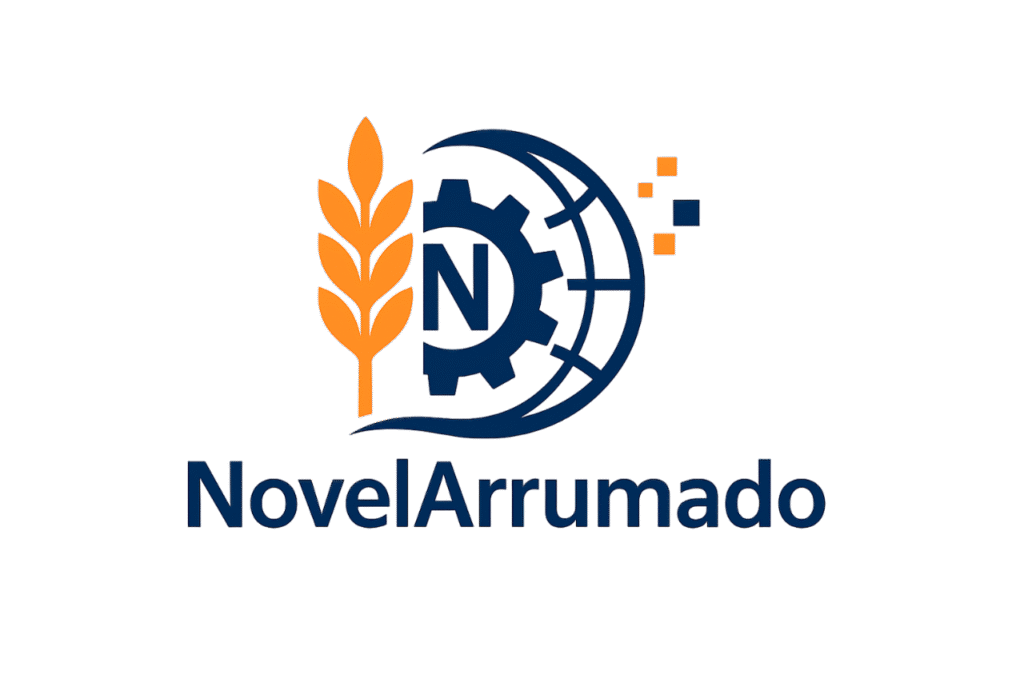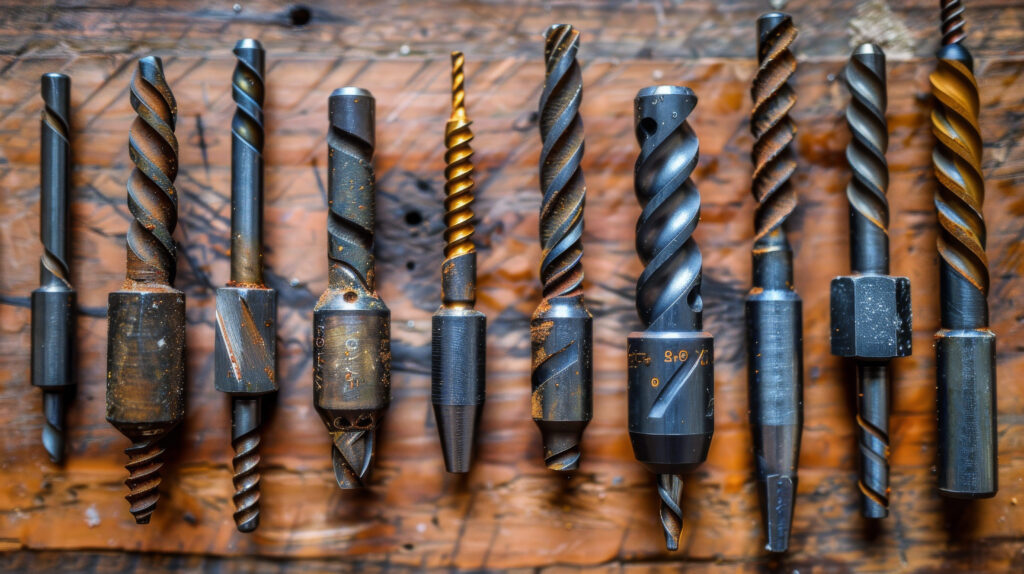Introduction
Drill bits are among the most widely used tools in industry, workshops, and even for home projects. Choosing the right drill bit not only improves the quality of work but also extends the life of your tools and saves time. Today, there are many types of drill bits available, each designed for a specific task.
This article introduces the most common types of drill bits and their applications.
Types of Drill Bits and Their Uses
1. Twist Drill Bit
-
Use: The most common, suitable for wood, plastic, and light metals.
-
Advantage: Versatile and widely available.
2. Brad-Point Drill Bit
-
Use: Precise and clean holes in wood.
-
Feature: Sharp tip for accurate starts without slipping.
3. Pocket Hole Drill Bit
-
Use: Drilling angled holes for strong wood joints.
-
Feature: Ideal for cabinetry and woodworking connections.
4. Screwdriver Bit
-
Use: Driving or removing screws of different types (Phillips, Torx, Robertson, etc.).
-
Feature: A practical alternative to manual screwdrivers for heavy tasks.
5. Masonry Drill Bit
-
Use: Drilling into concrete, brick, and mortar.
-
Feature: Reinforced tip, used with hammer drills or rotary hammers.
6. Glass Drill Bit
-
Use: Drilling non-tempered glass and ceramic.
-
Feature: Special tip to prevent cracks and breakage.
7. Rivet Drill Bit
-
Use: Drilling holes for rivets in thin metal sheets.
8. Spade Drill Bit
-
Use: Fast drilling of wide holes in wood.
-
Feature: Effective for simple carpentry tasks.
9. Step Drill Bit
-
Use: Drilling multiple hole sizes in sheet metal and soft wood.
-
Feature: Pyramid-like stepped design for versatile applications.
10. Tile Drill Bit
-
Use: Clean drilling in ceramic tiles.
-
Feature: Carbide tip reduces chipping and cracking.
11. Auger Drill Bit
-
Use: Deep, clean holes in hardwood.
-
Feature: Screw tip and long flute for chip removal; up to 18 inches long.
12. Hole Saw Drill Bit
-
Use: Large-diameter holes, ideal for pipes and fixtures.
-
Feature: Cuts circular holes while leaving a solid core
Tips for Choosing and Using Drill Bits
-
Always match the drill bit to the material you are working on.
-
Use lubricants (oil or water) when drilling metals to reduce heat and wear.
-
Adjust the drill speed according to the bit size and material.
-
For hard materials like concrete or tile, use the hammer drill setting.
-
Always wear safety goggles and gloves for protection.
Conclusion
Understanding drill bit types and choosing the right one improves efficiency, accuracy, and safety. Whether in industrial projects, construction sites, or home tasks, the right drill bit makes all the difference.
Special thanks to: publisher.

